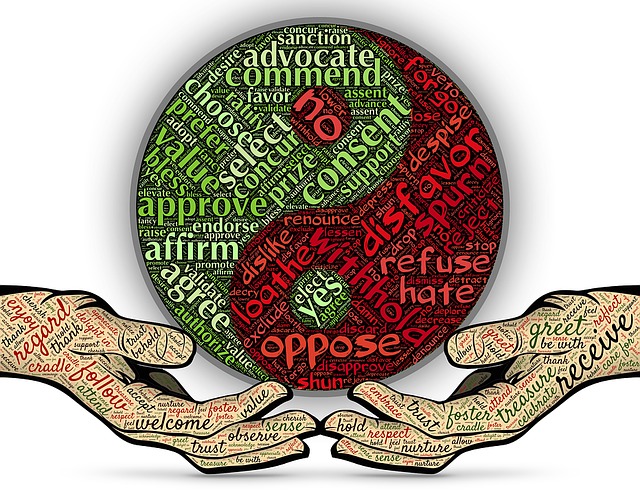Chip Conley developed the “transformative pyramid” as a reflective framework for his leadership philosophy and approach. He had created it by adapting the work of Viktor Frankl and Abraham Maslow who focused on the hierarchy of human needs. Applied to employees, the Transformative Pyramid translates into leadership action to meet basic security needs (such as adequate and fair pay), recognition for contribution to the organisation and providing clarity around the meaningfulness of their work. Chip was very focused on enabling leaders to grow and develop through reflection and to develop a growth mindset in their transition to midlife. Associated with this mindset change is the need for leaders in midlife to learn through curiosity from millennials in their organisation.
Chip not only applied his Transformative Pyramid to employees but also to investors and customers. He suggested that in relation to customers, businesses too often benchmarked against the lowest common denominator which in his model represents the security needs of customers. His pyramid, however, suggests that great companies can move up the pyramid of need and really engage customers to the point where they become intensely loyal and market the company themselves by their word-of-mouth “advertising – sharing their great experience with others in their family and social networks.
Transformative Pyramid applied to customer needs
Chip explained in a podcast interview with Tami Simon that the Transformative Pyramid when applied to customers, involved the same three levels as when the pyramid is applied to employees – survival, success and transformation. However, each of the levels has a different meaning when applied to customers. “Survival” relates to meeting customers’ expectations (a basic need also for business survival); “success” in this context involves meeting the desires of customers; and at the highest level, “transformation”, means to differentiate and expand through meeting an “unrecognised need of the customer”.
Identifying and meeting a need of customers that has been unrecognised and unmet is the basis of Chip’s approach to marketing as explained in his book, Marketing That Matters. Chip gives the example of one of his boutique hotels, Hotel Vitale, that developed a yoga studio on its top-level floor and provided free morning yoga classes. This met an unexpressed and unrecognised need of travelling businesswomen who wanted to maintain their health to counteract the wear and tear of business travelling. The convenience of being able to do yoga before work without leaving the hotel premises was a real selling point. Up until this point, boutique hotels were very much designed as “men’s clubs”- meeting the needs of male business travellers.
Innovation and transformation
Chip drew on his experience as owner and CEO of 52 boutique hotels to put forward what he described as The Three Key Rules Around Innovation and Disruption. He spoke about (1) foreshadowing that occurs before an innovation (some companies begin to move in the direction of the innovation but their early efforts are incomplete or inadequate); (2) innovators fulfill “an underlying human need that has not been met” adequately or comprehensively; and (3) established companies eventually catch up and adopt the innovation (and we can see this happening daily in the growth of “gluten-free” and “vegan” products in our major supermarkets, previously the province of specialist (organic) stores).
However, being innovative and creative by departing from established practice takes courage and bravery. An Australian example is Karen Quinlan who introduced fashion as a key differentiating theme of the Bendigo Art Gallery. Karen recognised that over 80% of visitors to art galleries were women and they were very interested in fashion and its history. She set about meeting this “unrecognised need” – a need that art galleries around the world had not met because they were almost exclusively managed by male Art Directors who were blind to this need of their predominant customer base. Bendigo Art gallery now enjoys global recognition for its innovative approach and theme-based fashion exhibitions.
Chip points out that deep listening to customers can lead to identifying needs that have not been met. He suggests that what is important in innovation is understanding customer psychographics – their interests, passions, values and who/what they identify with. He suggests that the great companies develop the capacity to effectively “mind-read” their customers. To do this their leaders have to be fully present to customers and notice their inclinations, behaviours and self-expression.
Reflection
As we grow in mindfulness, we can develop curiosity, creativity and innovation and begin to understand our own needs and those of our customers/clients. We can progressively move from trying to make ourselves appear interesting to being genuinely interested in our customers and their unmet needs. This requires mindful listening, an openness to new ideas (from whatever source) and the courage to act on our insights and avoid procrastination through fear of departing from the established norm.
_____________________________________
Image by Angelo Esslinger from Pixabay
By Ron Passfield – Copyright (Creative Commons license, Attribution–Non Commercial–No Derivatives)
Disclosure: If you purchase a product through this site, I may earn a commission which will help to pay for the site, the associated Meetup group and the resources to support the blog.



